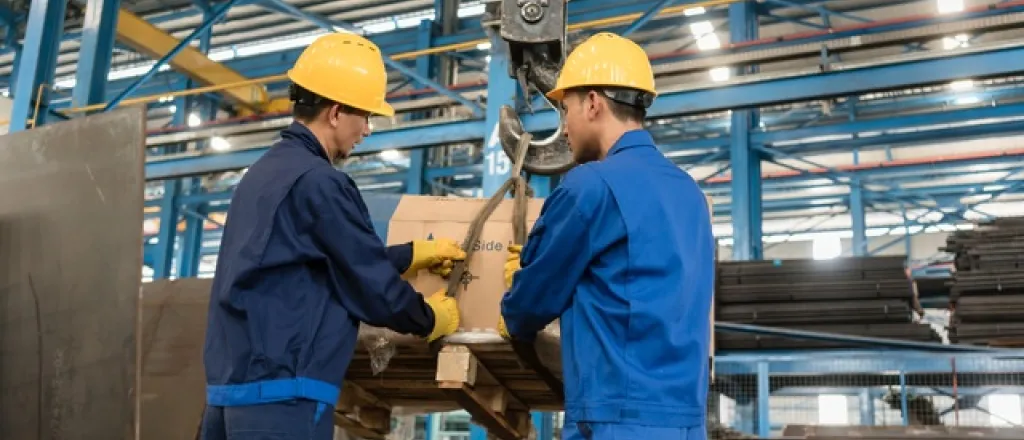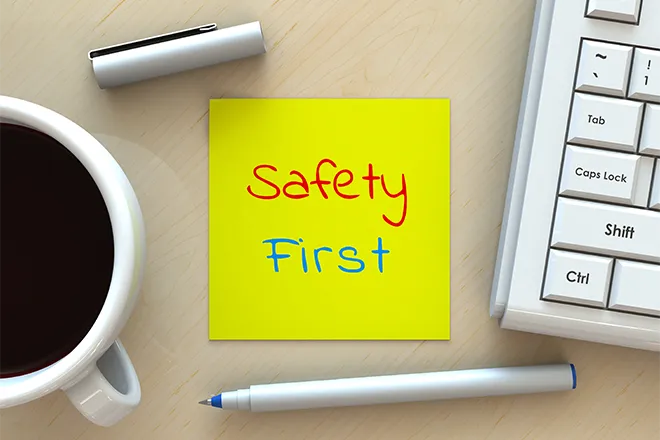
Improving safety standards in material handling workspaces
©
Enhancing safety standards in material handling workspaces is crucial for protecting employees, reducing costs, and improving operational efficiency. These environments often involve heavy machinery, repetitive tasks, and the movement of bulky materials, all of which pose potential risks to worker health and wellbeing. By implementing improved safety protocols, companies can ensure that both workers and operations remain secure and productive.
The importance of safety in material handling
Safety is more than compliance with regulations; it’s about creating an environment where employees feel confident in their ability to perform tasks without harm. Workplace accidents can lead to injuries, costly downtime, and damage to morale.
A strong safety culture reduces these risks and establishes a foundation of trust between workers and management. Training programs, regular risk assessments, and clear communication about safety procedures are essential components of this framework and can significantly reduce workplace incidents.
Proper equipment and training make all the difference
High-quality equipment designed for safe material handling is essential. From forklifts and conveyor systems to automated material handling solutions, choosing the right tools tailored to the specific needs of the workspace can mitigate risks. Proper training is equally important to ensure that employees know how to use equipment effectively.
Comprehensive training programs should cover not just the operation of machinery, but also procedures related to manual handling, ergonomics, and emergency protocols. A well-trained workforce can prevent accidents and improve overall efficiency.
Gaylord totes for safer material handling
When it comes to moving and storing bulk materials, gaylord totes offer a practical and safe solution. These large, reusable containers are designed to hold substantial amounts of weight, minimizing the need for repetitive lifting and increasing efficiency. Their sturdy construction ensures durability even in demanding environments, reducing the risk of product spills or container failure that could lead to workplace hazards. Their scalability and adaptability make them suitable for various industries, from manufacturing to warehousing. If you decide to incorporate gaylord totes, it’s important to ensure workers learn how to handle them safely to avoid complications or mishaps.
Leveraging technology to enhance safety
The integration of technology in material handling workspaces has revolutionized safety. Sensors, cameras, and automated alerts on machinery can proactively identify hazards and prevent accidents.
Wearable devices that track movements and monitor fatigue levels offer another layer of protection, ensuring workers remain in optimal condition while on the job. Robotics and automation further reduce the need for manual handling in high-risk tasks, helping to create safer conditions throughout the workspace.
Building a culture of safety
Ultimately, safety is a shared responsibility that requires collective effort. Employers should prioritize open communication and provide spaces for employees to report concerns without fear of retaliation. Regular audits, feedback loops, and the involvement of workers in safety discussions help build a culture where safety is ingrained in everyday practices. When employees feel valued and protected, they are more likely to remain invested in upholding safety standards.
Improve safety today
Improving safety standards in material handling workspaces isn’t just about compliance but about protecting your workforce and ensuring long-term success. Proactive measures, the right tools, and a deeply rooted safety culture ensure your operation runs efficiently while safeguarding what matters most—your people.
















